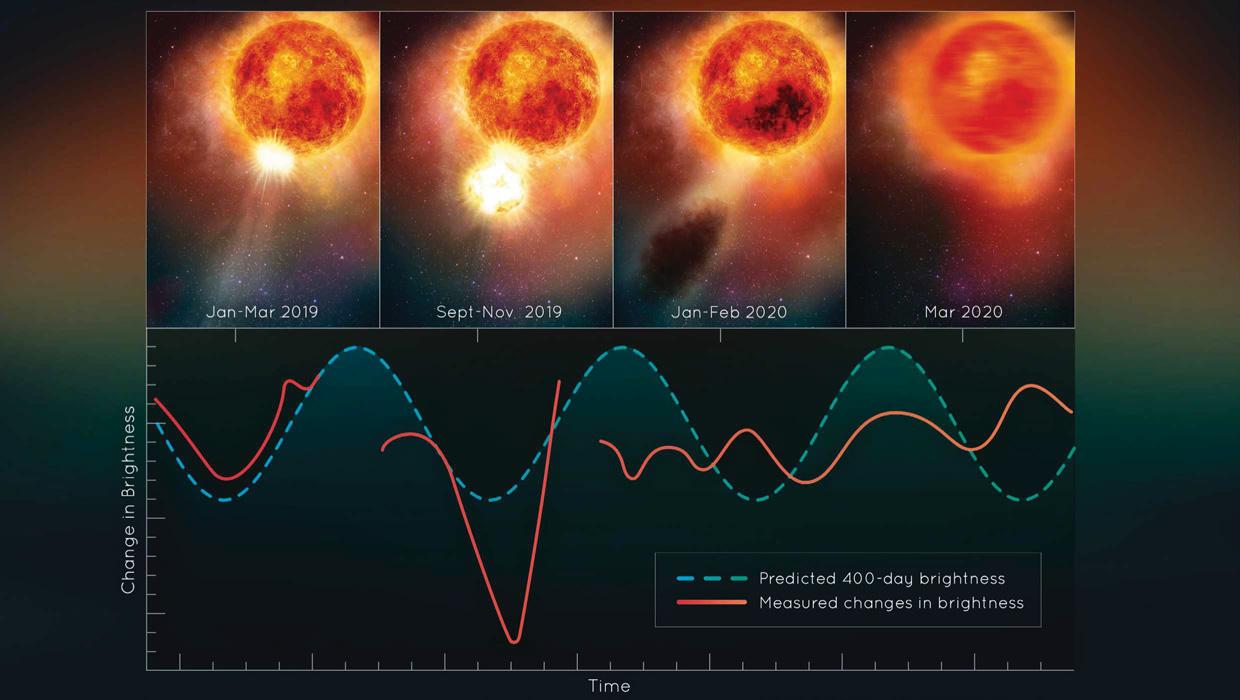
Three years ago, amateur astronomers around the world watched as the usually bright light of Betelgeuse dimmed overnight and remained that way for several months. Now a group of astronomers have determined it was caused by a piece of the star's atmosphere being ejected into space.
"We've never before seen a huge mass ejection of the surface of a star," says Andrea Dupree from the Center for Astrophysics, Harvard and Smithsonian, who led the study.
Betelgeuse is a red giant star over 1.6 billion kilometres wide - meaning if it replaced our Sun it would swamp Jupiter and almost reach Saturn. It has ballooned in size as it is approaching the end of its life and will eventually go supernova.
Though this is unlikely to happen for the next 10,000 years, it gives astronomers a unique view of a star in its final centuries. Over 200 years of observations have shown that the star's brightness slowly pulses according to a 400-day cycle, but the scale and speed of the 2019 dimming was unprecedented.
Drawing together observations from all over the world, Dupree has determined that material bubbling up within the star blasted off a piece of the photosphere. The ejection had a mass several times that of our Moon - a colossal 400 billion times more than what our Sun typically gives off during coronal mass ejections. As this fractured piece cooled, it formed a dust cloud that blocked Betelgeuse's light from Earth, causing it to appear dimmer.
It also appears that Betelgeuse's 400-day brightness cycle has stopped, or at least paused. Spectral Hubble observations taken by Dupree showed signs that this event and the star's attempts to rebuild its photosphere have disrupted the internal motions that drive the cycle.
Diese Geschichte stammt aus der October 2022-Ausgabe von BBC Sky at Night Magazine.
Starten Sie Ihre 7-tägige kostenlose Testversion von Magzter GOLD, um auf Tausende kuratierte Premium-Storys sowie über 8.000 Zeitschriften und Zeitungen zuzugreifen.
Bereits Abonnent ? Anmelden
Diese Geschichte stammt aus der October 2022-Ausgabe von BBC Sky at Night Magazine.
Starten Sie Ihre 7-tägige kostenlose Testversion von Magzter GOLD, um auf Tausende kuratierte Premium-Storys sowie über 8.000 Zeitschriften und Zeitungen zuzugreifen.
Bereits Abonnent? Anmelden

Putting cosmic rays to work
These penetrating interstellar particles have applications from astronomy to archaeology
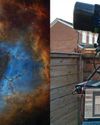
Set up your first imaging sequence
How to automate and coordinate your gear over multiple nights of imaging
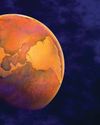
The Universe without gravity
Life with no gravity might sound a fun idea, but as Govert Schilling explains, shutting off this pivotalforce would spell disaster for Earth and beyond
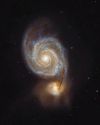
How to blend images taken with different camera setups
Combine data captured at varied focal lengths to create rich, deep images

INSIDE THE SKY AT NIGHT
Back in September 2021, The Sky at Night show spoke to Carly Howett about NASA's then upcoming Lucy mission. As the spacecraft now approaches its main targets - the Trojan asteroids - we check in with her to see how the mission is going

The science of SCI-FI
We love a good sci-fi film, but do they get the science right? Amy Arthur picks six of the big mistakes made in space films

Seeing in a new light
It's National Astronomy Week this month, so take a tip from Mark Westmoquette and let mindful stargazing change your perspective on your life and problems

What to do if you find a meteorite
Ever come across an unusual rock and wondered if it's a meteorite? Mark McIntyre explains how to tell if that stone really is a fragment from outer space

GEAR
Charlotte Daniels rounds up the latest astronomical accessories
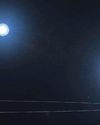
Q&A WITH A STELLAR ECLIPSE SPECIALIST
Many stars are gravitationally locked inside multi-star systems, but a rare new triple-star system has set a new record for how cosy these clusters can get